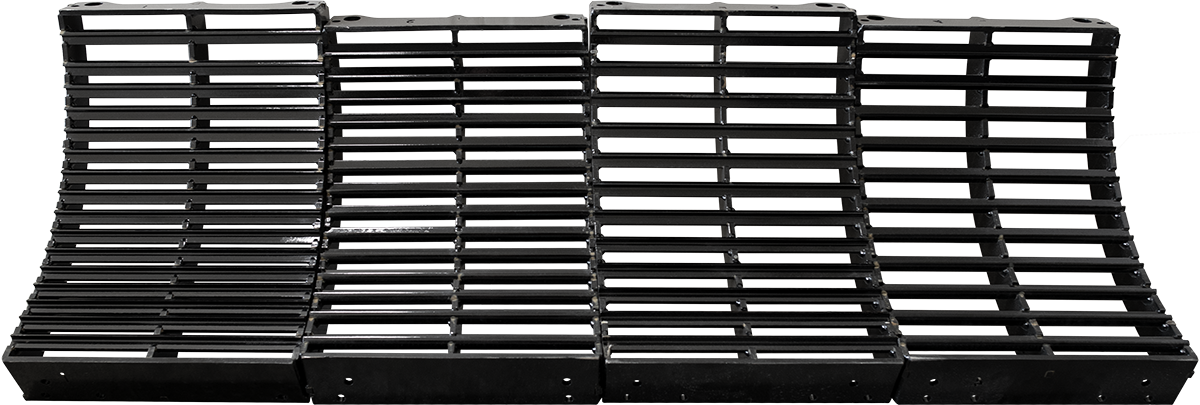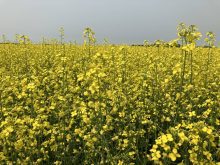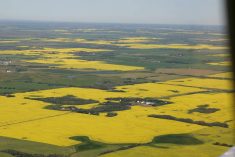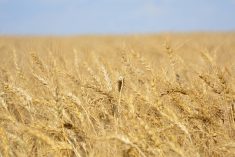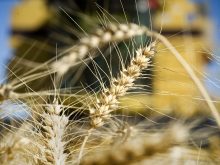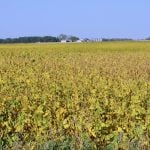Farmers planning their spring seeding aren’t getting easy advice on what big-acreage crop to bet on for the 2004-05 crop year.
“Jump on canola. Avoid spring wheat,” said Brenda Tjaden Lepp, an adviser with Mercantile Consulting Venture.
John Duvenaud, an analyst with Wild Oats market newsletter, gives the opposite advice.
“For the best crop prospects it ain’t going to be what you’re guessing; it’s hard red spring wheat,” he said.
As farmers sift their options for spring, analysts are sorting through the multitude of factors that influence prices. Fortunately, most analysts think most large-acreage crops will get profitable prices in 2004-05.
Read Also
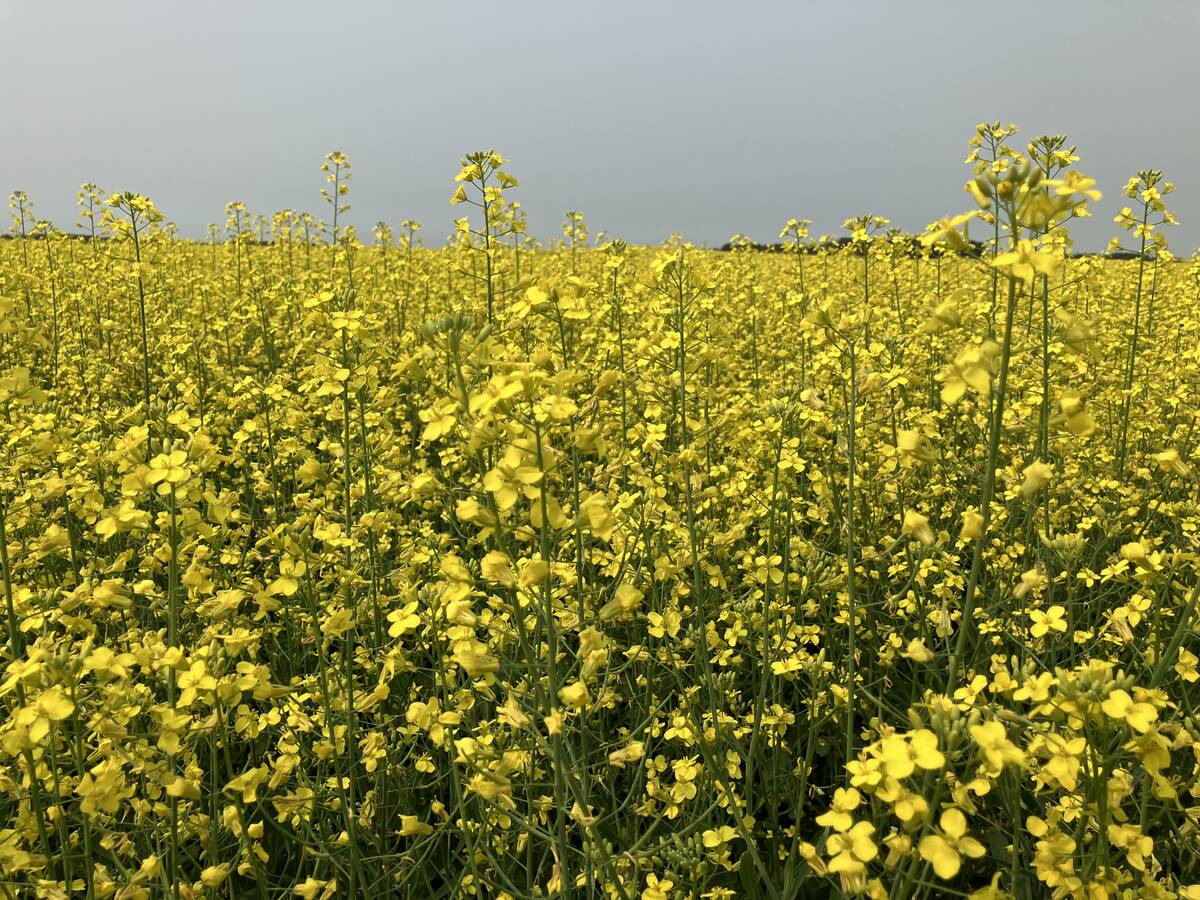
Strong canola exports expected to tighten supply
Canola exports will end up the third strongest in the past 10 years, according to recent Canadian Grain Commission weekly export data.
“The overall grain complex is on a climb,” said Errol Anderson of Pro Market Communications.
“I’m optimistic about the new year.”Vegetable oil and cereal grain stocks-to-use ratios have been falling in recent years, creating this year’s relatively high prices for most crops and providing good prospects for next year.
Anderson is particularly hopeful about demand from China and Europe, where food prices have been rising because of crop shortages.
“When you get big sectors of our world that are experiencing that, it will only take time before it will filter back into North America,” said Anderson.
He doesn’t take a stand in the oilseed versus wheat debate because he thinks this winter’s high oilseed prices will limit their strength in 2004-05.
“Hot prices now will be countered by higher acres next spring,” said Anderson.
“It’s not really a good signal. Don’t plant for last year’s prices.”
Duvenaud bases his prediction of good wheat prices in 2004-05 on a likely rally once markets get worried about short wheat supplies.
That rally hasn’t happened yet, but that simply makes it more likely in 2004-05.
“Guys like me have been warning for two or three years now that the price is going up and it never does, so everyone treats it with skepticism. But those stocks are getting tighter and tighter and tighter and we’ve been getting away with it,” he said.
Tjaden Lepp bases her prediction of poor wheat and good canola prospects on a margin calculation relying on cost of production and an analysis of futures market prices.
She thinks there is a good chance of a late winter rally for 2003-04 wheat, “but if that rally takes place in the spring, it’s just going to buy in more wheat acres.”
As with Anderson’s expectation with oilseed acres, Tjaden Lepp predicts high prices in this crop year will lower prospects for next year.
Her analysis puts canola at the top and spring wheat at the bottom of the list of what to grow. She sees good prospects for feed wheat and winter wheat, mediocre prospects for malting barley and feed barley and poorer prospects for oats.
Duvenaud said whether wheat or canola turns out to be the better crop to grow in 2004-05 won’t be the most important issue for farmers. They should focus on the generally good outlook.
“These big crops that we grow lots of, they’re all at the same fundamental situation,” said Duvenaud.
“We keep using more than we’ve been producing for a few years now.”

